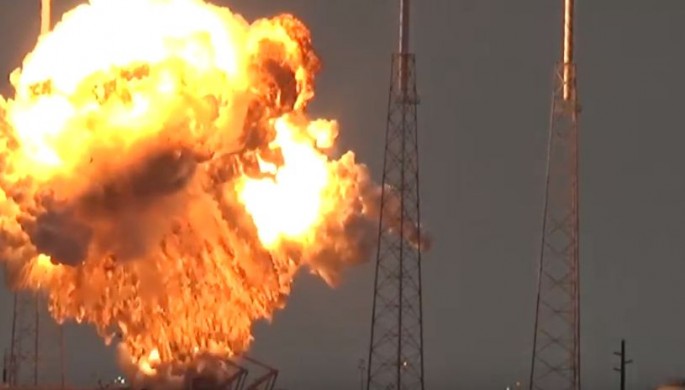SpaceX is delaying to 2020 from 2018 the first landing of its spacecraft on Mars. This vehicle will be a modified cargo-carrying Red Dragon spacecraft that will also drill about 1.0 meter underground to reach reservoirs of water ice that exist in the shallow Martian subsurface.
The disappointing delay was announced by SpaceX president Gwynne Shotwell, who also said the company is shifting its focus to other projects and will go ahead with its Red Dragon landing on Mars by 2020.
The delay seems to have been an offshoot of unlucky incidents during the second half of the year as compared to the first half when SpaceX on April 8 achieved the historic first of landing of a Falcon 9 first stage on a floating barge in the Atlantic Ocean.
This euphoric achievement, however, was dampened on September 1 when a Falcon 9 rocket supposed to have launched a satellite exploded on the launch pad at Cape Canaveral, Florida. The explosion triggered an extensive investigation, and put launches on hold for the remainder of 2016. Those delays cost the company at least one launch order.
SpaceX experienced another launch delay on Feb. 18 when it scrubbed a planned launch seconds before takeoff. Despite these disappointments, SpaceX has not announced any significant changes to its original plans to land on Mars.
Those plans made in early 2016 include landing of the uncrewed Red Dragon measuring 20 feet tall and 12 feet wide on the Red Planet. Probable landing sites for Red Dragon will be polar or mid-latitude locations with proven near-surface ice.
This because Red Dragon might also drill about 1.0 meters underground to reach reservoirs of water ice that exist in the shallow subsurface.
NASA will assist SpaceX with the Mars landing mission. It will also provide technical assistance, communications and navigation support.
SpaceX said the Mars landing will showcase Red Dragon's ability to reach distant destinations throughout the solar system.
"Dragon 2 is designed to be able to land anywhere in the solar system," tweeted SpaceX founder Elon Musk at the time. "Red Dragon Mars mission is the first test flight."
Red Dragon will become the first commercial spacecraft to land on the Red Planet and will also be the heaviest spacecraft to land on Mars. It can also carry a 1 tonne (2,200 lb) payload.
The Red Dragon mission will be the cheapest landing mission to Mars. Total mission cost will come to less than US$400 million.



























